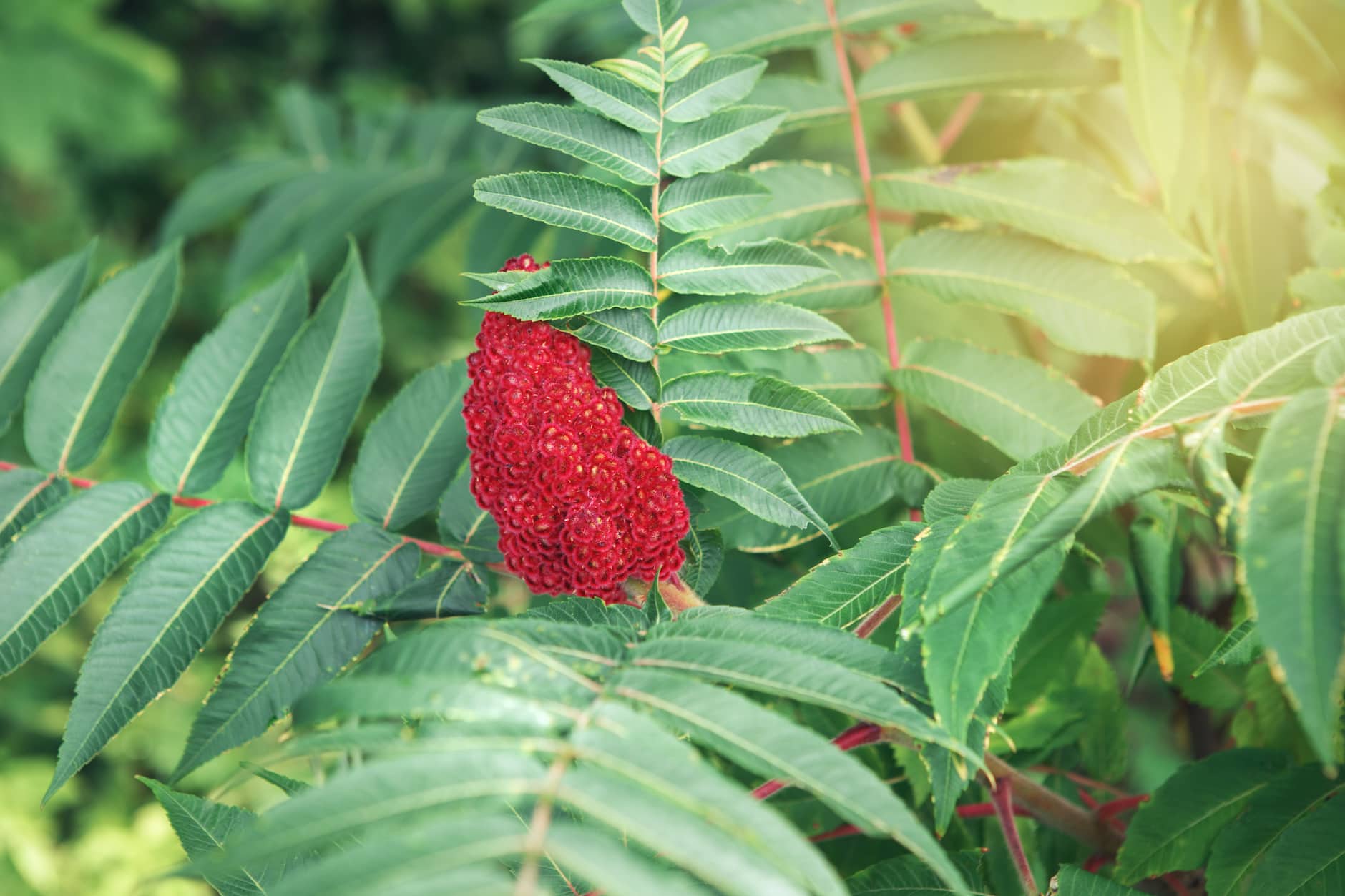african sumac tree poisonous
Also people can be allergic to sumac just like everything else. Tall and a round canopy of equal or greater width.
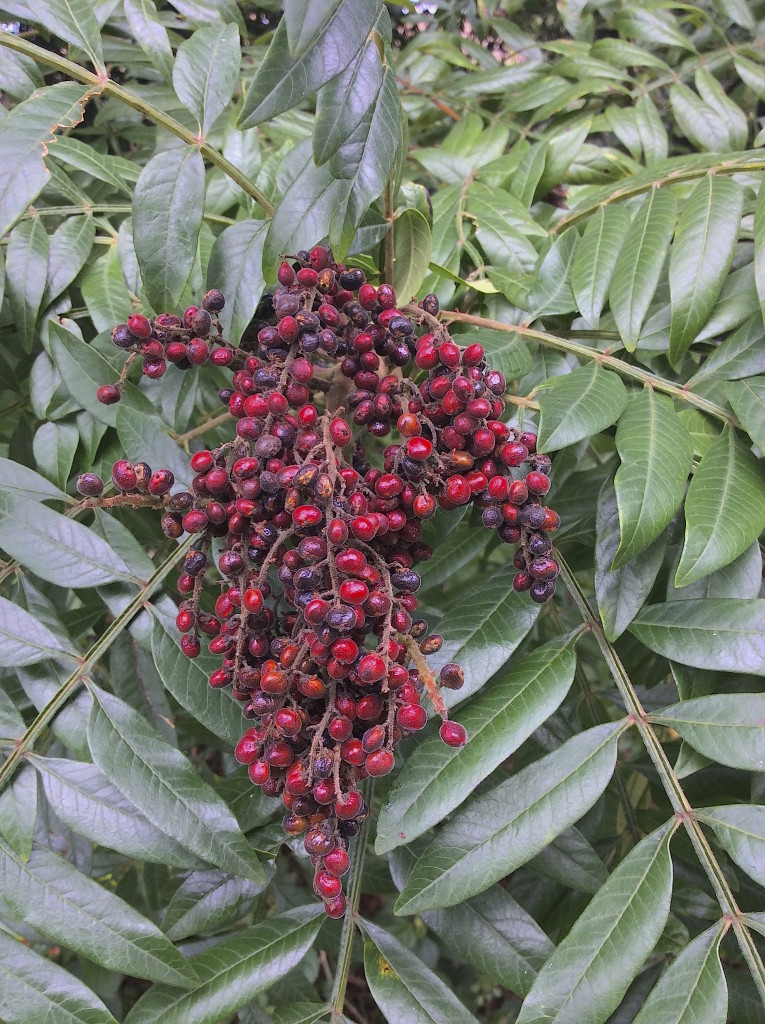
Sumac More Than Just Native Lemonade Eat The Weeds And Other Things Too
Refrain from burning any part of the tree.

. Has a graceful weeping form and dark fissured bark. You need to be aware of this when you eat sumac for the first time. Poison sumac is a shrub some consider it a small tree that grows in wet areas.
Poison sumac fruit are creamy white and part of a cluster. Id avoid planting it where puppies might be tempted to nibble on the foliage or berries it produces. This plants is easy to identify by the leaf trifoliate-compound three- part and glossy dark green.
All parts of poison sumac are poisonous. They contain tannins phytols and three different compounds related to gallic acid which have antimicrobial activities. Every part of the tree contains urushiol oil which causes an allergic reaction to skin.
All parts of a poison sumac plant are poisonous and the oils remain active even after the plant dies. African Sumac Rhus Lancea Slower growing. African Sumac Rhus lancea L.
Department of Agriculture zones 3 to 9 and are well-suited for locations where conditions are dry. Although this plant was originally introduced to the US as a landscape ornamental given its potential to. A Rhus lancea African Sumac can be trained to a single trunk or allowed to grow into a multi-trunk tree with a look that resembles an olive tree.
Its fine textured foliage varies from pale green to deep olive-green and has a resinous smell when crushed. Texas Root Rot. Sumac family Anacardiaceae Description.
Gardeners should never handle the tree without gloves and keep children away from the plant. Gardeners should never handle the tree without gloves and keep children away from the plant. African sumacs are poisonous to humans.
Pea size fruit in summer. Every part of the tree contains urushiol oil which causes an allergic reaction to skin. Tip Only poisonous sumac causes skin rashes.
African sumac which is actually the same genus as poison oak is considered poisonous. Sumac trees are hardy in US. Typically they are around 4 to 5 millimetres 016 to 020 in in size.
Elegant semi-weeping tree to 20 x 15 feet or more is an ideal choice for our climate. Leaves are palmately divided into 3 narrow leaflets each 3-5. African sumacs are poisonous to humans.
Very heat and cold hardy. Leaf color and shape Berries. It is best in full sun well drained soil deep infrequent water once established.
The species is dioecious meaning both male and female trees must be nearby to produce fruitseed. It may cause milder but similar symptoms to those allergic to it. Chemical defenses in the leaves of sumacs are diverse and potent.
Symptoms of a poison sumac rash. It is in the same family as poison ivy and cashew. Sumac trees such as the staghorn sumac Rhus typhina smooth sumac Rhus glabra and fragrant sumac Rhus aromatica produce edible red berry-like drupes.
The Spruce Ellen Lindner. No African sumac Rhus lancea isnt poisonous to animals. So all parts of the tree contain the urushiol oil to.
The fruit and leaves of the poison sumac plant contain urushiol an oil that causes an allergic rash upon contact with skin. It may cause milder but similar symptoms to those allergic to it. The best way to identify both of these plants is by the clusters of BB-sized white berries that persist on the plants for much of the season.
The staghorn sumac Rhus typhina is a loosely formed shrub or weedy tree of fast growth rate which means it grows at least 24 inches in a season sometimes more. Every part of the tree contains urushiol oil which causes an allergic reaction to skin. An African Sumac tree is perfect for hot dry climates and for anyone that is looking for an attractive shade tree with a long lifespan.
Older specimens the dark gray bark has fissures that show beautiful reddish and orange mahogany color hues. There is also a shrub called the poison sumac Toxicodendron vernix which produces small poisonous white berries. But it is easy to tell edible sumacs apart from the poison sumacs by looking at the.
African sumacs are poisonous to humans. But its a close relative of poison ivy Toxicodendron radicans. African sumac Read More.
Id avoid planting it where puppies might be tempted to nibble on the foliage or berries it produces. African sumac which is actually the same genus as poison oak is considered poisonous. The arsenal of chemical defenses is so effective that only the sumac leaf beetle Blepharida rhois can eat the leaves of smooth sumac and fragrant sumac.
African sumac trees are susceptible to Texas root rot also known as cotton root rot or phymatotrichopsis root rot. Heat-loving and tolerant of may soils. Poison Ivy is very common in Southeast Wisconsin mostly in hedgerows or on the edges of woods but.
The fungus Phymatotrichopsis omnivora which is found in the. Branches are reddish to brownish-gray. Slow growing single or multi-stemmed evergreen tree 15 to 30 feet tall.
Poison Sumac looks similar to Smooth Sumac but only grows in swamps where Smooth Sumac doesnt grow. One key to proper identification is studying the shrubs individual plant parts. The African sumac is a medium size evergreen tree growing with a low branching habit 20-30 ft.
Growth Habit The African sumac for instance usually is a tall tree that can grow to as high as 25 feet usually living 50 to 100 years. I could not find African sumac listed in any of the allelopathic lists although sumac as a genus is listed. Poison sumac which grows in the Eastern US has white or gray berries where edible sumac has red brown purple or maroon fruit.
Petunias are also quite susceptible to juglone the poisonous compound in allelopathic plants.
African Sumac English 130 Group 1

Xtremehorticulture Of The Desert African Sumac Too Close To A Wall
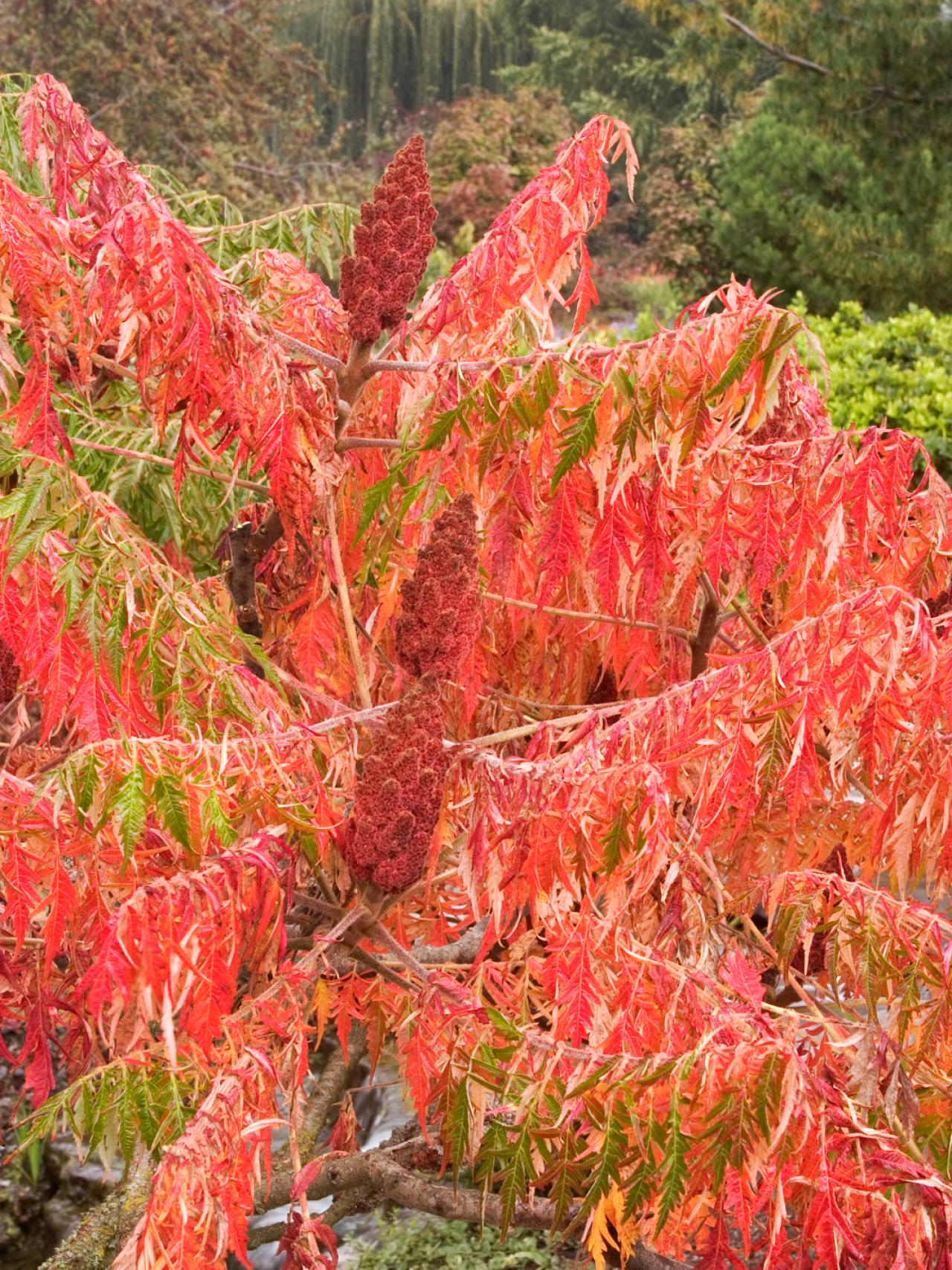
Sumac Trees Are Unsung Garden Trees Hgtv

Gv Gardeners African Sumac Trees Now Abuzz Get Out Gvnews Com

Rhus Lancea African Sumac Karee Western Karee Willow Rhus Southeastern Arizona Wildflowers And Plants

Find Trees Learn University Of Arizona Campus Arboretum
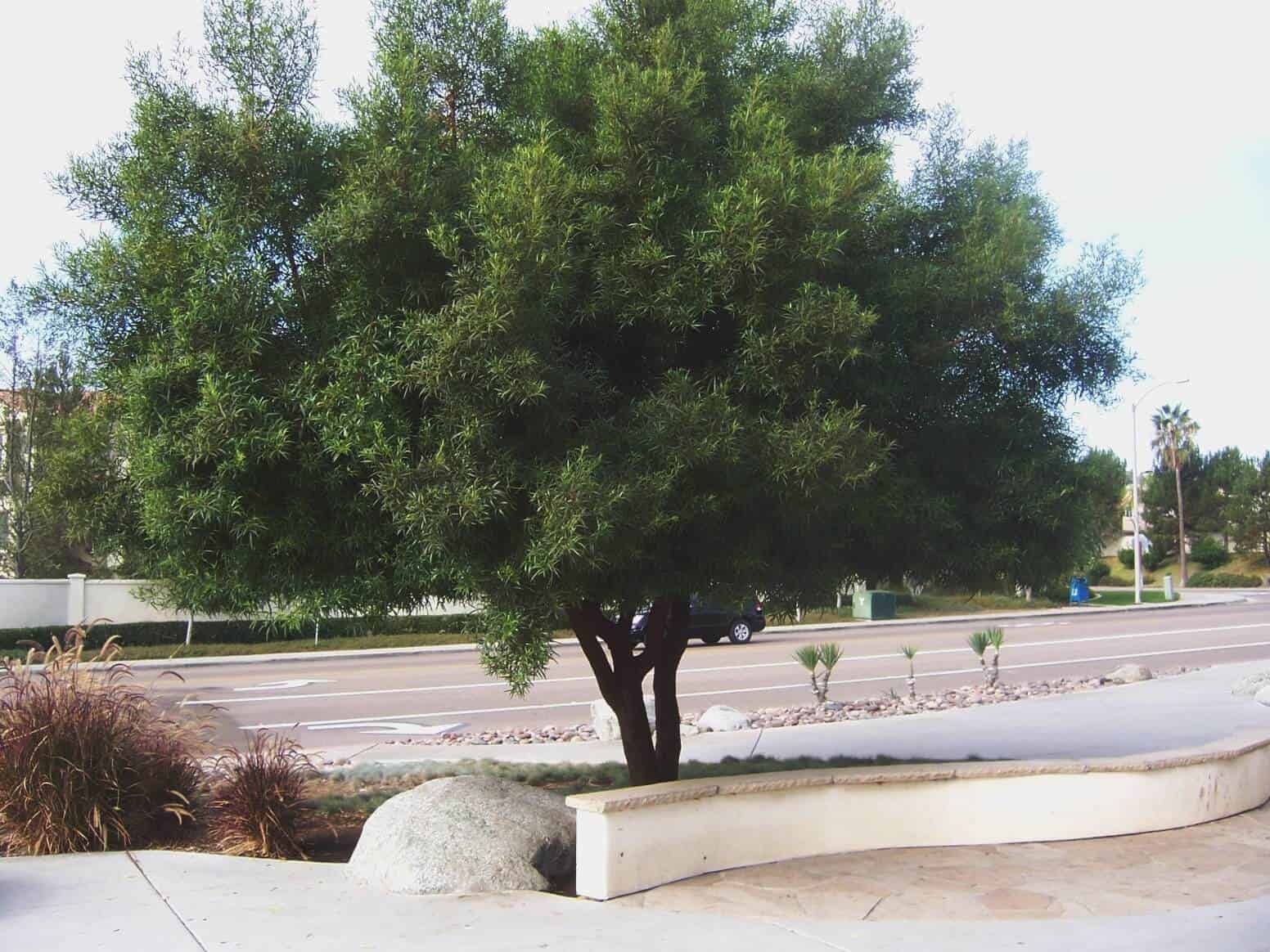
African Sumac High Desert Nate S Nursery
African Sumac English 130 Group 1
African Sumac English 130 Group 1

Rhus Lancea African Sumac Karee Western Karee Willow Rhus Southeastern Arizona Wildflowers And Plants

Everything You Ever Wanted To Know About Sumac But Were Afraid To Ask Edible East End
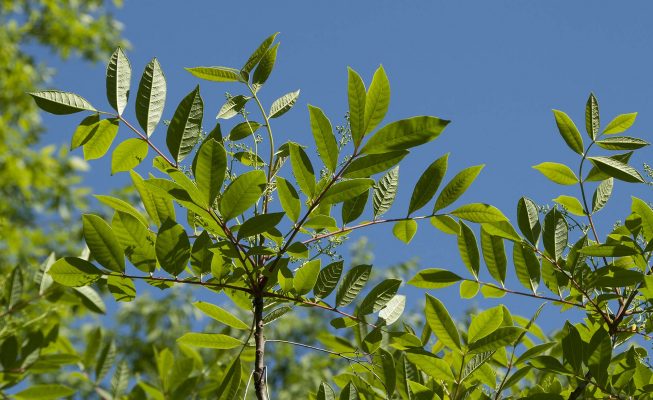
How To Identify Remove And Treat Poison Sumac
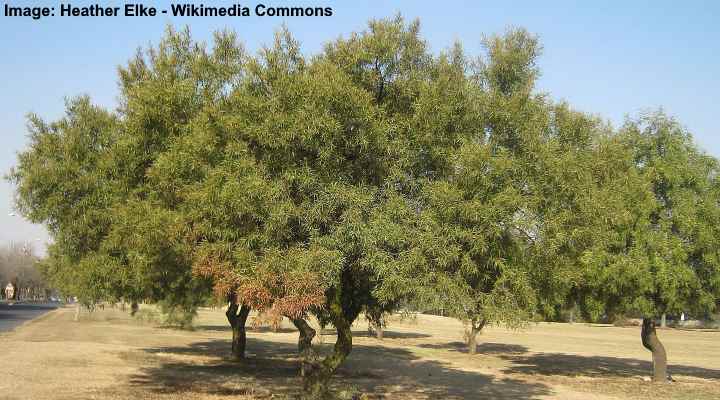
Sumac Trees Types Leaves Berries Pictures Identification Guide
Tree Of The Week Use The African Sumac For Shade Or Perhaps To Make Beer

28 5 Gallon African Sumac Feature Tree In Pot With Soil L11769 In The Trees Department At Lowes Com

Poison Sumac Rash Pictures And Treatment
